March 2023
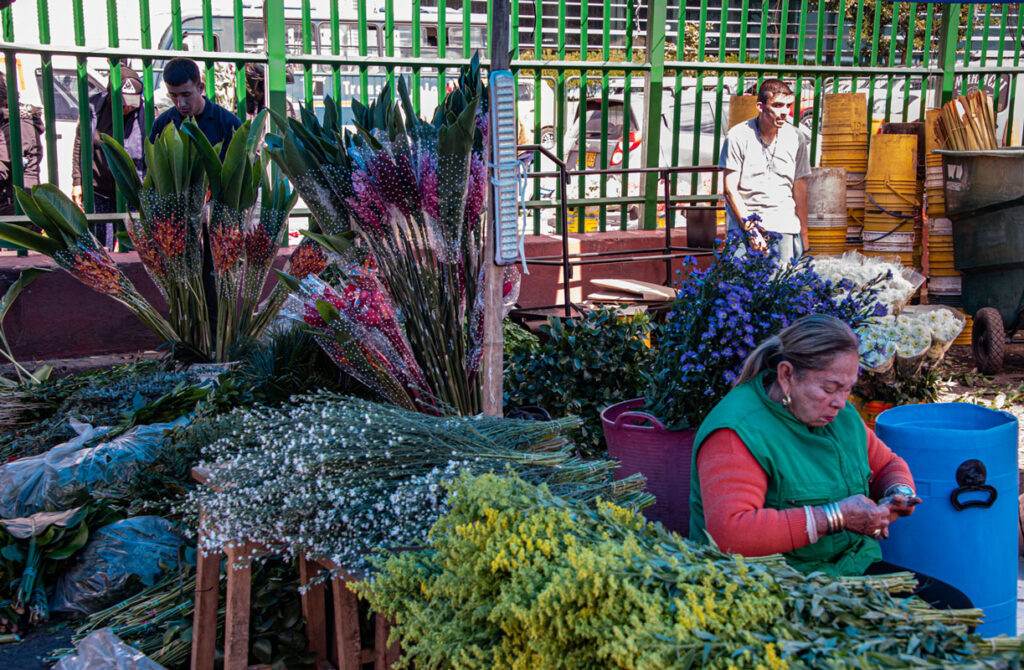
Our first morning in Colombia. We arrived in Bogotá late afternoon and we’re ready to explore this capital city with our guide Tomás Vargas. Eleven-and-a-half million metropolitan residents fill an eastern Andean plateau at an 8600-foot elevation, and oxygen-sparce air challenges breathing for us sea level dwellers.
Local Shopping at Paloquemao Market
Our driver deposits the three of us at the entrance to Paloquemao Market. Established in 1946, the sprawling complex is a cornucopia of produce—vegetables, fruits, fish, meats, and plants. It’s where the locals shop for everything used in the Colombian cuisine.
Outdoors Tomás leads us down a narrow aisle under tarps, past vendors with piles and piles of eye-popping flowers headed for wholesale distribution, stacked up for transport to local destinations. Runners carry armfuls of stemmed blooms to waiting vans. Workers strip off extra foliage along the stems, separating clumps to be tied together in new bundles. I see flowers typically grown in our northern climate––roses, alstroemerias, lupines, lilies, goldenrod, and asters among them––plus exotic varieties I’d expect to see in this tropical country.
I pull out my Nikon D750 camera for the first time since we arrived to capture the kaleidoscopic scene. A shattered polarizer filter I screwed onto the lens falls to the ground in pieces, a victim of the two-day journey from Philadelphia. I clean out bits of glass shards and manage to fire off a few shots before I hurry to catch up to Rick and Tomás as they enter the huge main building of the vast complex to discover unusual vegetables and taste-test Colombia’s exotic fruits.
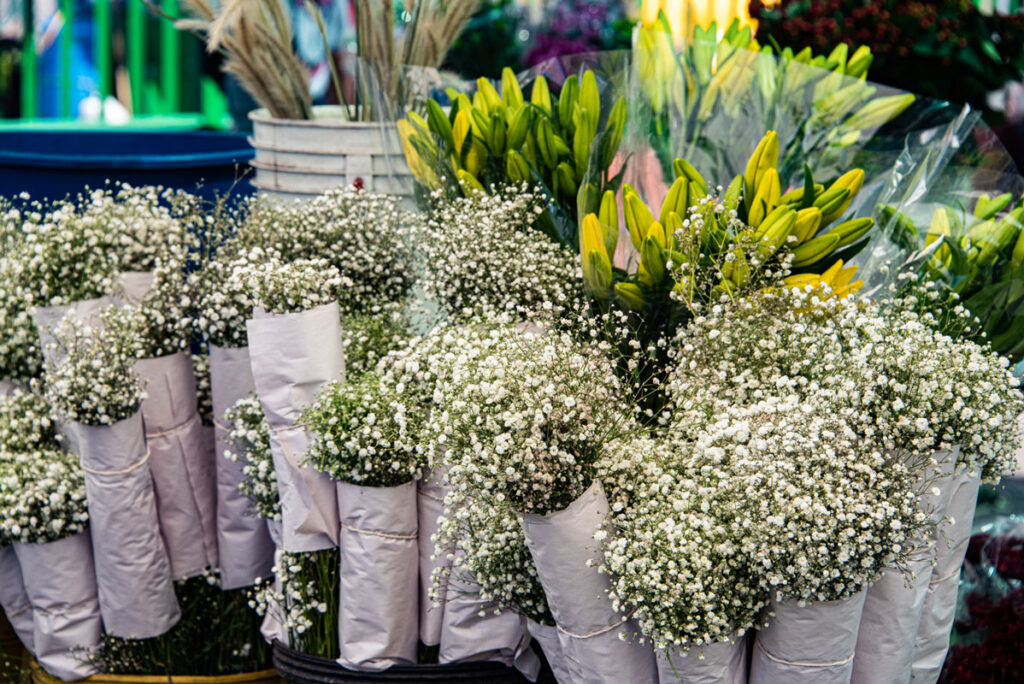
Traveling to the Flower Show in Philadelphia
Flower production is big business in Colombia, especially centered around the Bogotá region, Tomás explains. The region’s climate at this elevation––moderated temperatures, two brief rainy seasons, lots of sunny days––provide ideal conditions for growing flowers all year long in this fertile plain. Those acres of fabric-covered fields I saw from the airplane as we landed yesterday houses millions of perennial plants busy producing flowers for harvest.
It turns out that flowers and other tropical plants rank as the country’s fifth highest export, totaling $1.8 billion in 2021. And guess which country is its biggest customer? The U.S. purchases 75% of the country’s annual production. Valentine’s Day and Mother’s Day are the largest flower shipping events here, with up to 35 flights daily from Bogotá to Miami (the U.S.’s main floral distribution center) in the week before the two holidays.
Later that day, I researched the origins of Colombia’s thriving flower production business. The U.S. has free trade agreements with four Andean countries dating back to 1991. The renewed and stronger 2012 Colombia Trade Preference Agreement, enacted in part to discourage coca production used in manufacturing cocaine, accelerated the growth of the floral production business.
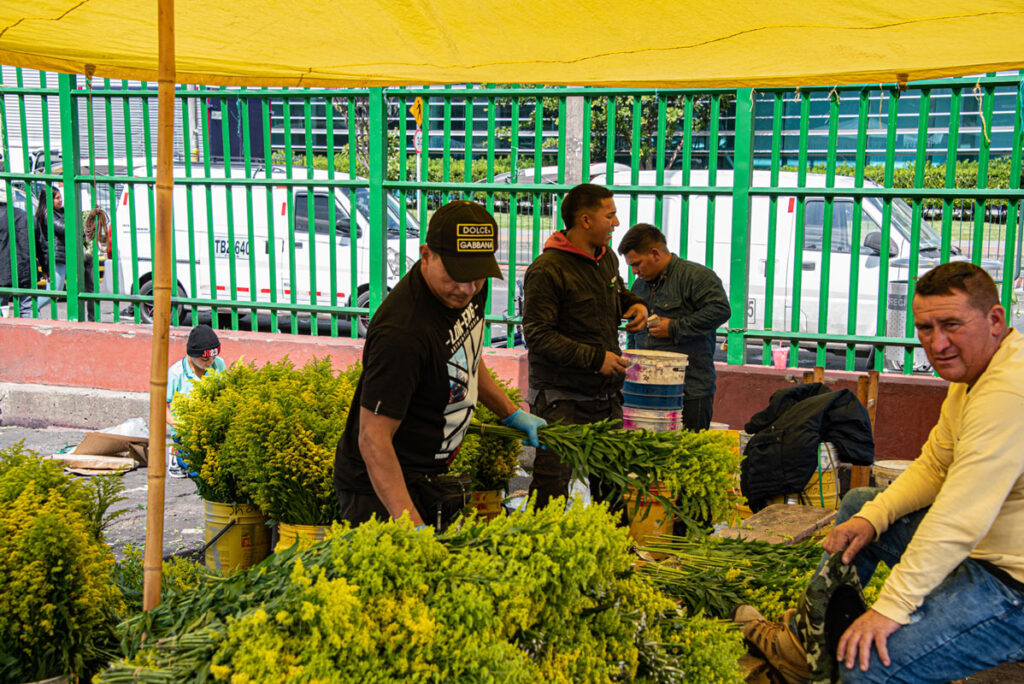
The Philadelphia Flower Show Depends on Colombia
What does this all have to do with the Philadelphia Flower Show? Flowers, obviously. (By the way, the annual floral extravaganza is open this week at the Philadelphia Convention Center through Sunday, March 12 (phsonline.org). But despite my thirty-six-year career with the Pennsylvania Horticultural Society, the Show’s sponsor, I never knew about the direct Flower Show/Colombia connection.
I spoke with Frank Soucek, former regional director for the Delaware Valley Floral Group, one of the largest floral distribution companies nationwide and headquartered in Sewell, New Jersey. DVFG purchases tens of thousands of blooms annually to supply exhibitors and vendors for the Philadelphia spring show.
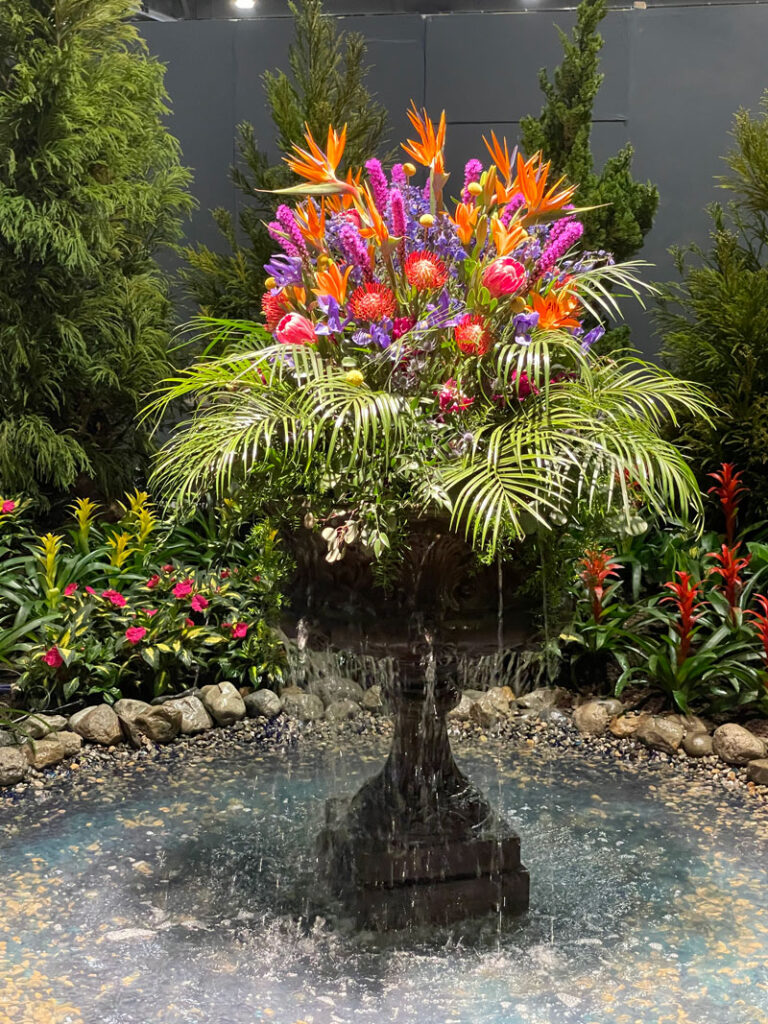
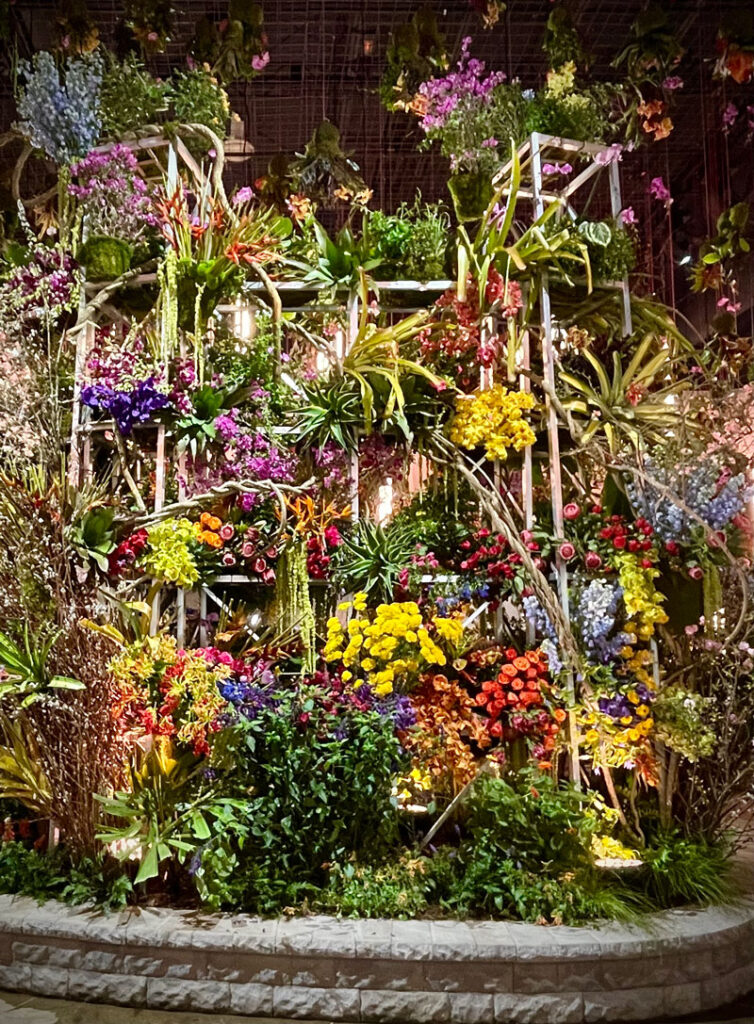
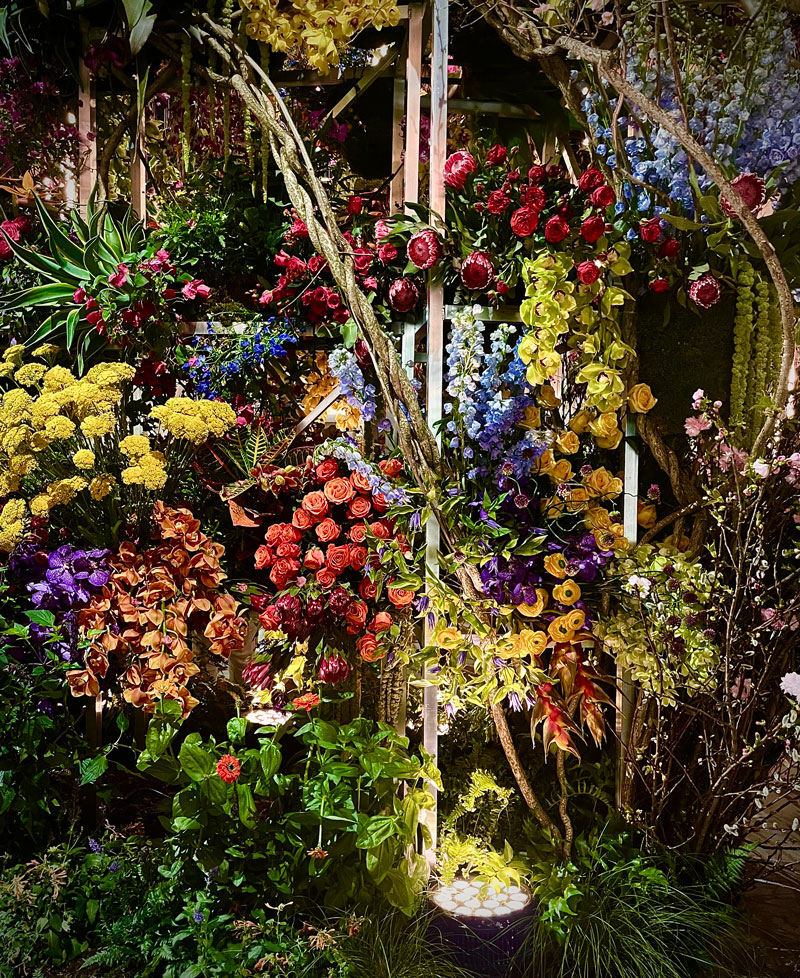

In fact, DVFG established a direct connection with the Colombian government to purchase product for the Show. He recalls during the 1990s and early 2000s, at the height of Colombia’s devastating “drug wars,” he traveled to the country to inspect their growing facilities. Armed guards met him at the airport and escorted him to and from his hotel and production farms to make sure guerilla forces did not attempt to kidnap him!
For Colombia, all that trouble is over now, and the country receives praise for eradicating those dangerous situations that once plagued its people and for transforming the country into a welcoming place for visitors and tourists.
Travel Tips to Colombia—12 Days Wasn't Enough
Our travels took us from Colombia’s striking Andean landscapes to its tranquil turquoise Caribbean waters. The charming colonial town of Villa de Leyva four hours outside Bogotá; vibrant Medellin and nearby El Piñol and the colorful village of Guatapé; two days on Corallina Island in the Rosario Islands National Park; and finally beautiful and seductive Cartagena, a Caribbean gem––what rich experiences we enjoyed. And there’s so much more we didn’t have time to visit––the Amazon, coffee plantations, and Colombia’s salsa and dance capital, Cali. There’s another trip right there!
Stay tuned for more upcoming posts on the Colombian adventures.
Travel Agencies We Used
Travel Agency: kimkim––Online travel agency – www.kimkim.com
Local Agency: Aracanto Colombian Travel Specialists – www.aracanto.com

